Welcome to the month of Pride, when parades around the world chant the freedom to weave the LGBTQ+ community’s well-known flag.
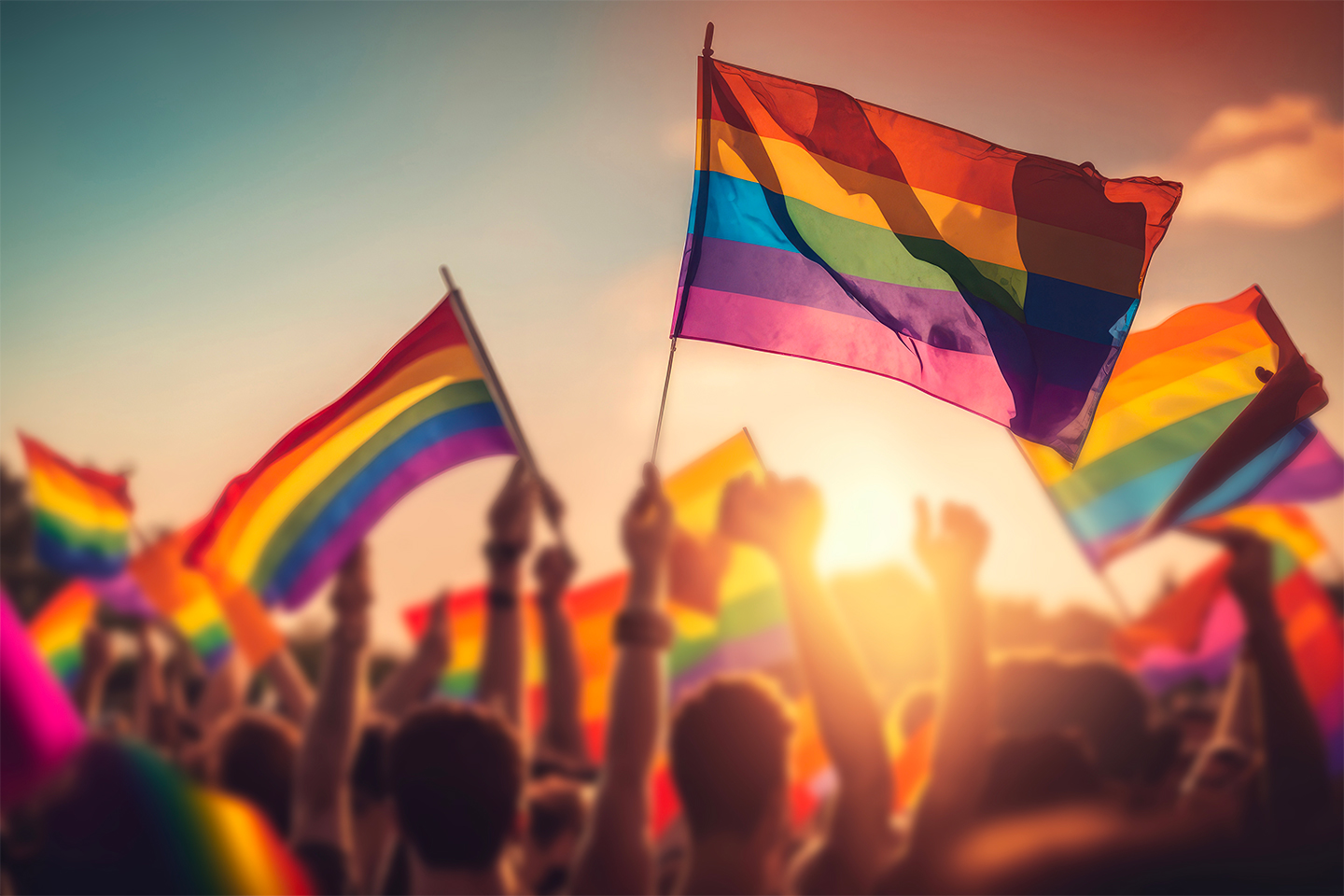
Celebrating LGBTQ+ Pride Month around the world
Most fashion brands cover their merch in rainbow colours for the occasion to show their inclusiveness. But is this really what the fashion world should aim for? What are the faulty assumptions of the glossy fashion world, and what does Pride Month really mean for it?
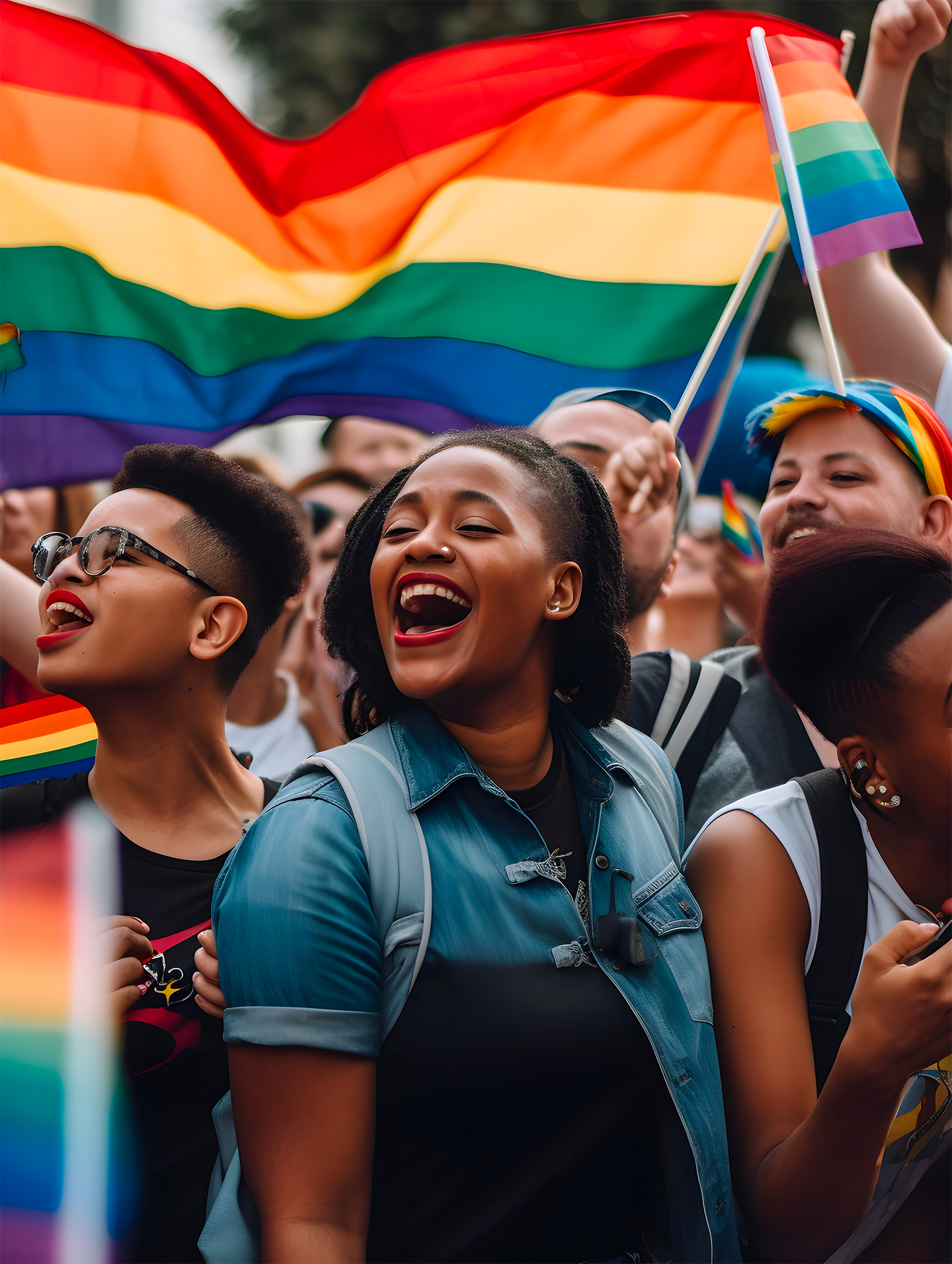
Celebrating LGBTQ+ Pride Month around the world
This article aims to address the complexity of gender non-conformity, queer culture and LGBTQ+ representation in the fashion world, providing students with some tools to delve into genderless theory, history, styles and expressions. In the London Library of the Istituto Marangoni, we collect relevant insights from various sources.
Let’s start!
“Throughout June, fashion brands will try to capitalise on Pride with various limited-edition, rainbow-themed collections, yet many fail to tell us about the people who make these clothes, their diversity, equality and inclusion policies and how their LGBTQ+ workers are treated throughout the supply chain,” Fashion Revolution, the world’s largest fashion activism movement, posted on LinkedIn.
Critical thinking is always a good point to start research; it makes us realise that everything can be questioned, even Pride as a marketing tool.
The Fashion Revolution community claims the loss of inclusivity in the fashion industry; it stresses the necessity to include the makers behind garments from Cambodia and Indonesia, whose freedom to be queer in the fashion industry is not so easily achieved.
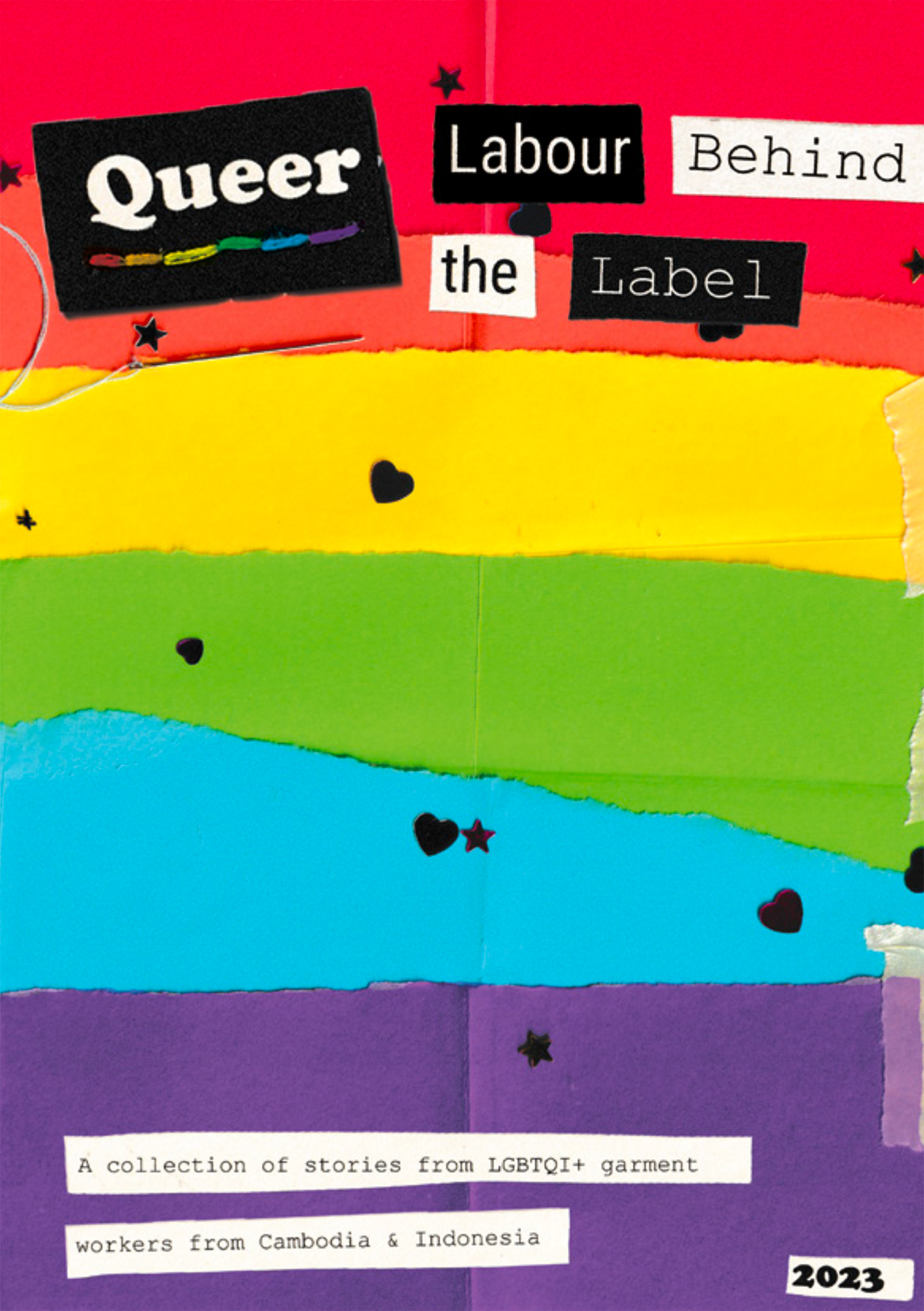
Fashion Revolution – Download the stories collected here
So, Fashion Revolution has published a manifesto, “Queer Labour Behind the Label”, which collects stories of underrepresented makers. A good reading to explore case studies and open doors to broader discussions.
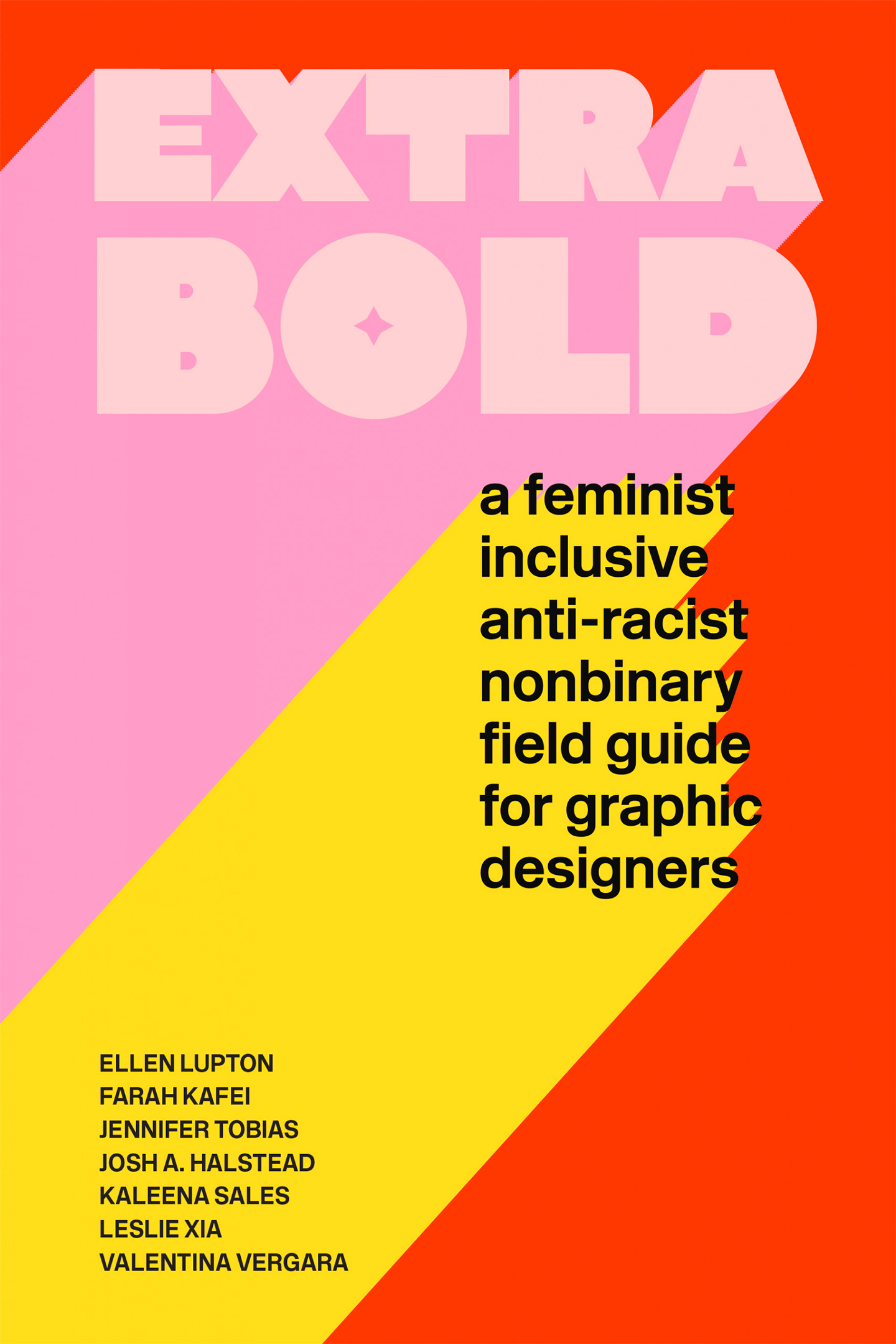
Extra Bold: A Feminist, Inclusive, Anti-racist, Nonbinary Field Guide for Graphic Designers. New York: Princeton Architectural Press
Following this, Extra Bold: A Feminist, Inclusive, Anti-racist, Nonbinary Field Guide for Graphic Designers (2021) is both a pragmatic and a critical book that covers stories of people that are not showing up in other publications. It is really a bold publication, with its unique way of displaying content such as life stories of feminism and queer designers as comics.
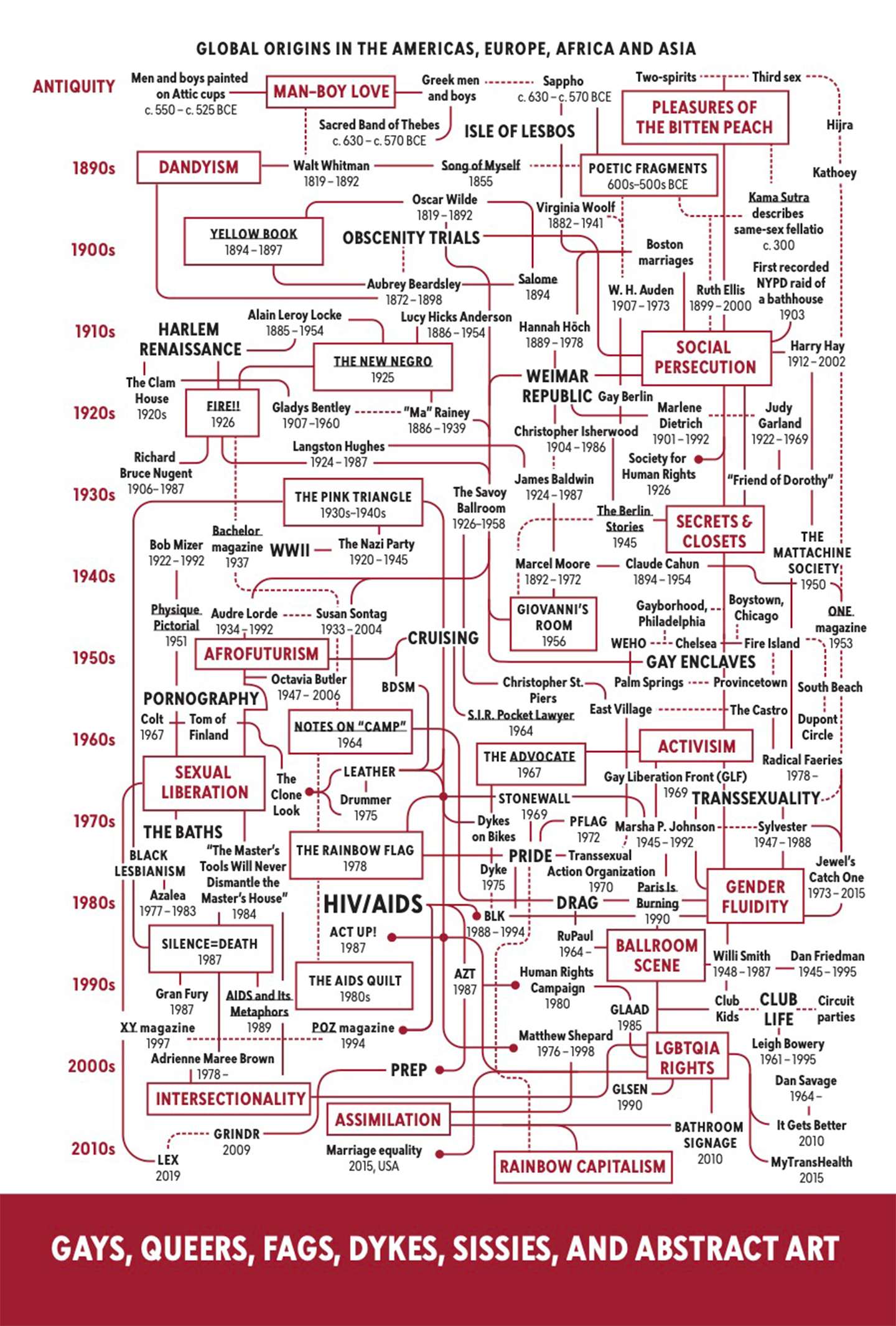
Image courtesy of studio Polymode
The Polymode timeline-queer history graph exemplifies how complex the discourse surrounding the issue can be. The chapter opens with a truth: “Queer artists, designs, writers, and philosophers have always existed – often hiding, sometimes in the open” and highlights the role of the art and creativity industry in promoting the visibility and acceptance of diverse gender identities and gay sexuality throughout history.
But about queerness in the fashion world?
Here the discussion shifts to what makes fashion a mythical and glossy world using sexuality as a powerful and effective lens to vivify material goods – aka the modelling industry and fashion photography.
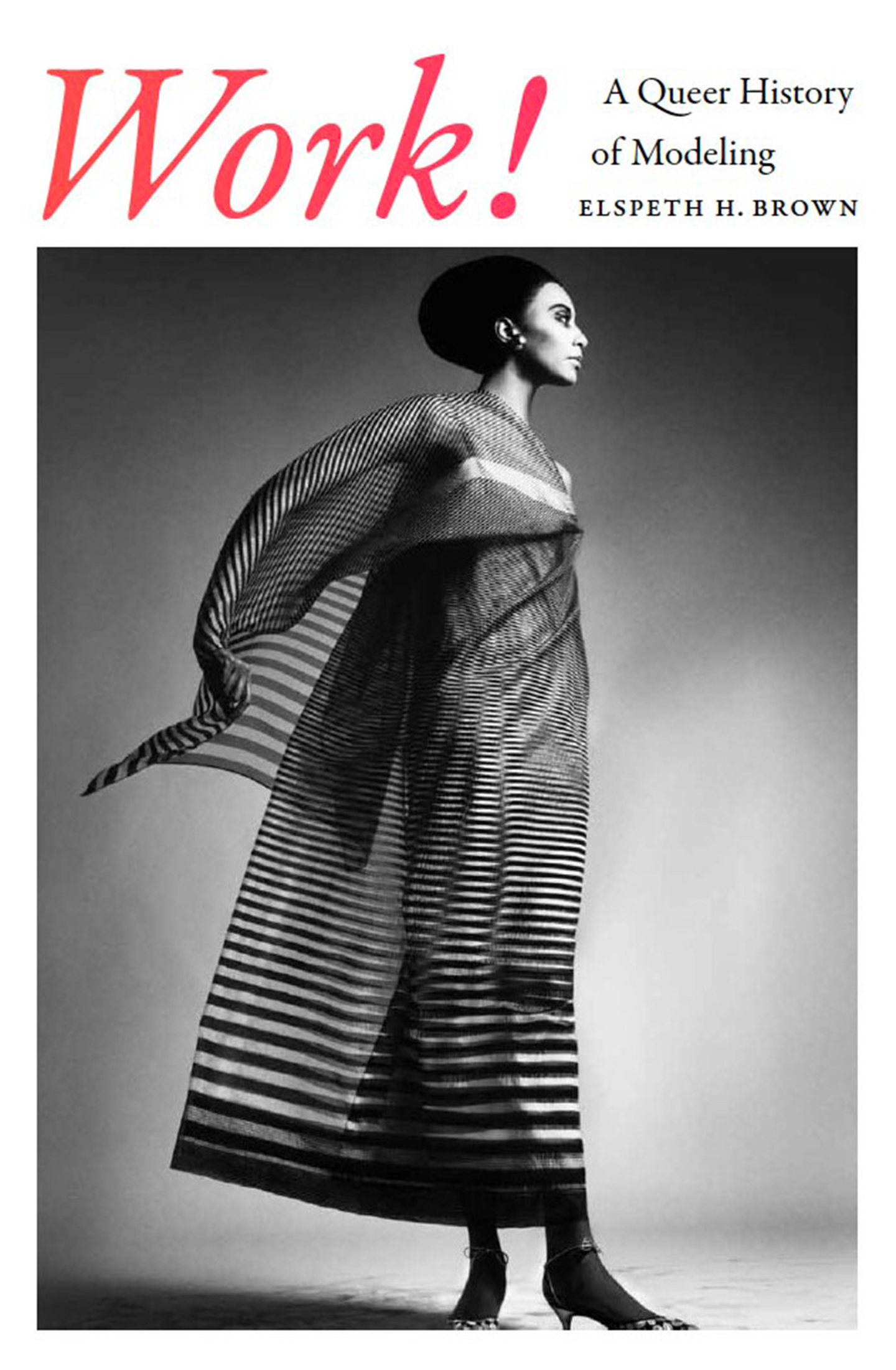
Brown, E.H. (2019) Work! A Queer History of Modelling. Durham: Duke University Press
From the early 20th century to the 80s era of supermodels, modelling as a role and photography as a media have been responsible for models’ “sanitised and commercialised” sex appeal to channel the products’ allure and people’s desire to buy. Elspeth Brown’s Work! A Queer History of Modelling (2019) sheds light on the untold stories of queer models and photographers, linking them to the paradoxically central role of queerness in American capitalism.
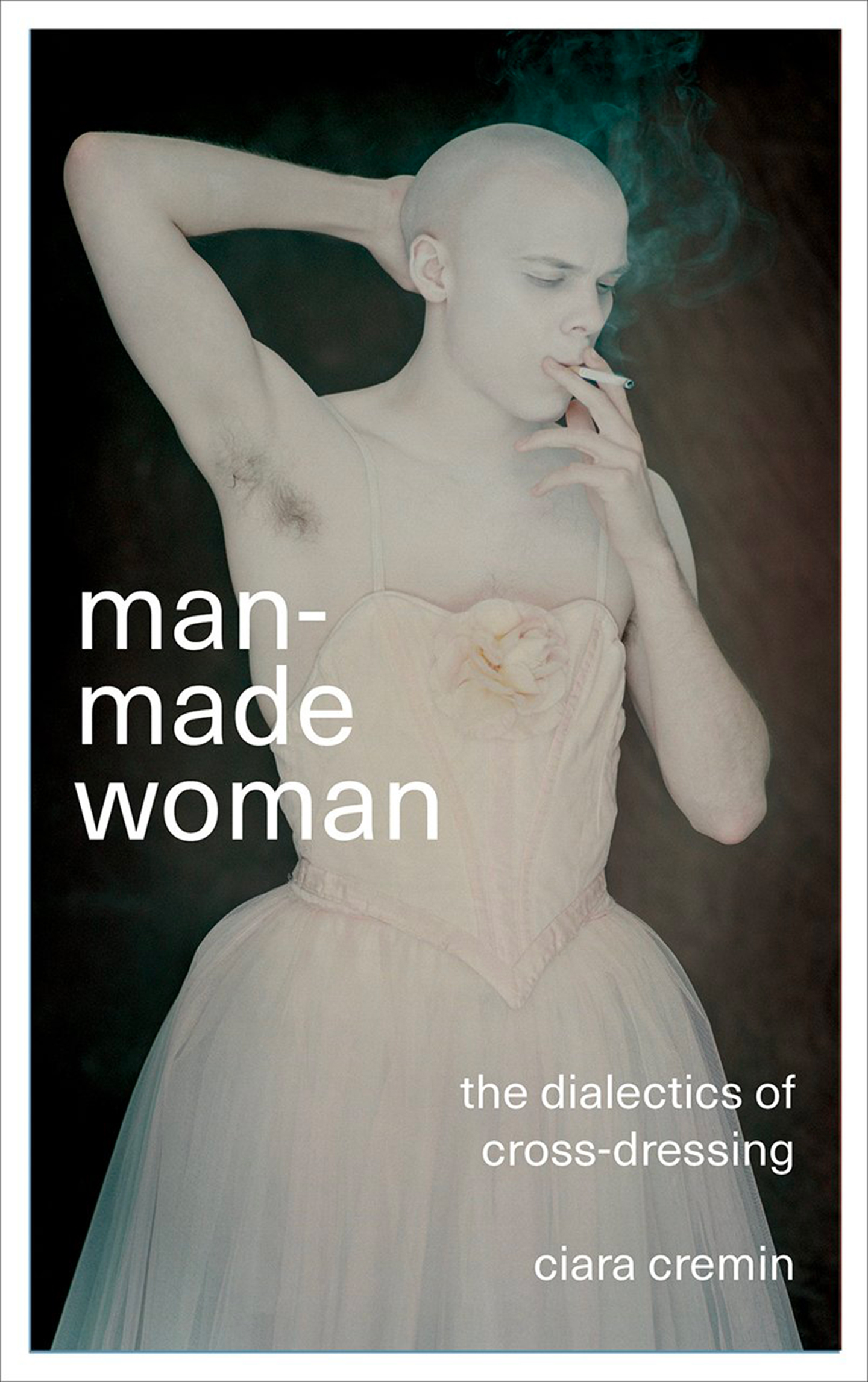
Cremin, C. (2017) Man-Made Woman: The Dialectics of Cross-Dressing. London: PlutoPress
Surfing on the fluid concept of genderless fashion and aesthetics, we have another good read to recommend: Man-Made Woman: The Dialectics of Cross-Dressing by Colin Cremin (2017). In this autobiographical story, Colin shares a personal journey of repression and transformation until he became a woman called Ciara. Male-female crossdressing and gender explorations are discussed by delving into different aspects, including politics, fetishism, aesthetics and popular culture.
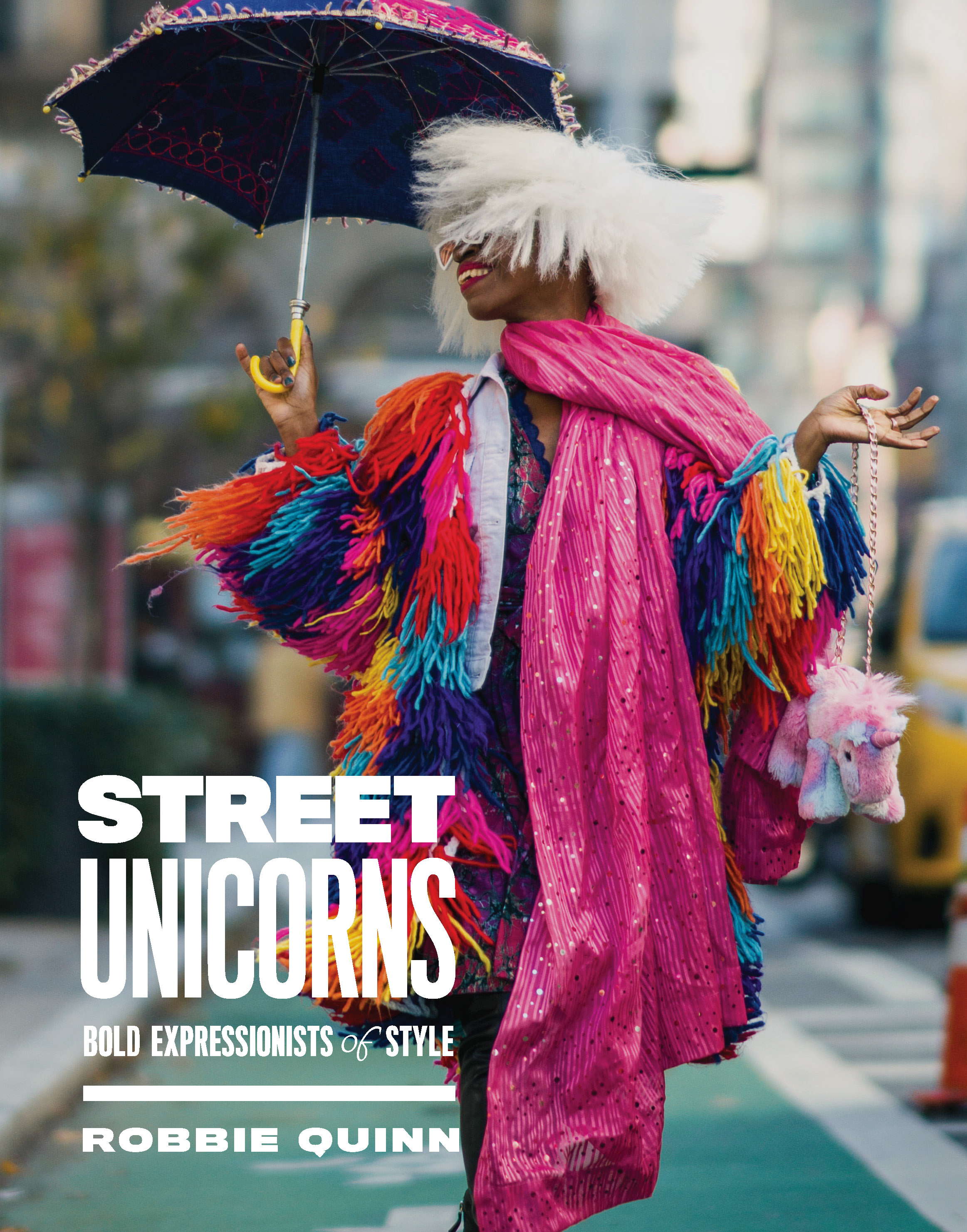
Quinn, R. (phot.) (2022) Street Unicorns. Bold Expressionists of Style. New York: Cernunnos.
To delve deep into the culture of aesthetics, you should read the 2022 publication Street Unicorns. Bold Expressionists of Style by Robbie Quinn, a fashion photographer who had captured style rebels around the street of New York City for years. It is a collection of colourful portraits and encounters with personalities that Quinn wanted to investigate without judgment but interest in “what was it that brought them to this point, where they feel their need for freedom of expression outweigh the possibility of a lack of acceptance?” The portraits featured in Streets Unicorns serve as testimonials of individuals and their dedication to living authentically in a big city free from discrimination. They could be a valuable reference for Styling students working on their current projects.
Before concluding the list of recommendations, we want to make it clear that it is essential to be aware that gender fluidity goes back further than modern times and belongs to different cultures.
According to Redefining Gender: An Inclusion of All by Alyssa Adomaitis and Diana Saiki (online from Bloomsbury), people were discussing gender-neutral pronouns as far as the 17th century, and the history that follows is an open-minded perspective that we may need to explore more. In this publication, readers will find a full list of gender identities (31 terminologies) cited by the twenty-first century NYC Commission of Human Rights. One example is the use of pink clothing, which has not always been exclusively associated with the female gender, as shown in last year’s exhibition at the V&A Museum, Fashioning Masculinity (2022).
If this comes as a surprise, we invite readers to dig into history to discover that the complexity of “gender” orientation – in fashion – goes beyond Pride month. And we firmly believe it is crucial for the industry to take responsibility in promoting acceptance, understanding and equality for the LGBTQIA+ community and to keep fashion a fluid space every month of the year.
Silvia De Vecchi
University Librarian, London



